The old adage of the whole being greater than the sum of its parts certainly holds true when it comes to SIT. Together, Cristi Cons and Vlad Caia, respected artists in their own right, synthesize an instantly memorable blend of the organic and futuristic. Trends come and go, but SIT’s music will always be timeless.
Through their productions, live performances and DJ sets, SIT’s contribution to electronic music cannot be overstated. Now, SIT’s sound has become the hallmark of impeccably crafted production. Revered for their ability to streamline a hive of activity with a rolling groove, the sheer breadth of SIT’s sonic vocabulary adds an enviable dynamism to their music and its meaning. While many artists have mastered the intricacies that give their music an introspective edge, there are few who make it look at easy as SIT. This easygoing demeanor invites listeners to appreciate SIT’s music holistically, and therein lies the charm: we see the painting not its brushstrokes.
Since the beginning, SIT has released most of their music on their own label Amphia, which they minted in 2011 as the materialization of their musical vision. Across its catalog, Amphia has played host to some of the genres most seminal artists, providing a creative platform for them to explore the depths of their artistic potential. Now onto its seventeenth release, a forthcoming album from Kamran Sadeghi, Amphia continues to set the bar high with its top-shelf essentials.
Though their humility says otherwise, the substantial legacy behind them and exciting trajectory ahead affirms SIT’s continuing rise to the vanguard of the underground scene. We were fortunate enough to speak to the duo for a brief interview about their label and workflow as a duo.
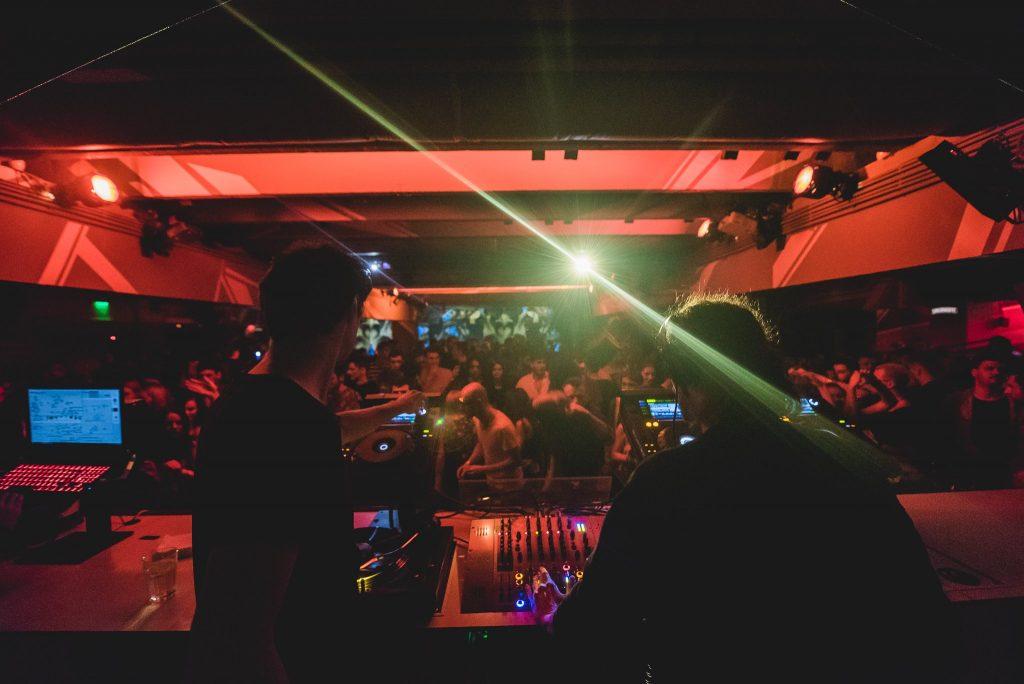
━━━━━━━━━━━━━━━━━━━━━━━━
In 2011, you launched the label Amphia, can you tell us a bit about the label and your vision in curating it?
After releasing the first SIT record on Valentino Kanzyani’s “Jesus Loved You” we were thinking about a platform where we would have the freedom to establish our identities both collectively, as well as individually. The decision to release with other producers, starting with our close friends, came naturally as the label evolved.
The Amphia biography centers on the metaphor “What about a world projected only in the mind of the creator?” What is the significance of this for you as artists?
The idea behind the metaphor is that a musical piece is a projection of the person who creates it. Imagination has no boundaries and can take any shape. Each artist has a different perspective, both sonically and visually, and a record can be the tangible expression of that projection.
Amphia is known for its poignant connection between image and sound, presenting a video alongside each release. How important is the visual aspect for you?
Music and image have been associated for centuries starting with romantic and impressionist composers who wrote music with a visual perception such as Mussorgsky “Pictures at an Exhibition” or Debussy with “Prelude to the Afternoon of a Faun”. As music has evolved over time, it still kept a close connection with the visual side, from music videos to the visuals we see at electronic music events, and it has been an important aspect for us since the beginning. The artwork and videos are meant to be a visual representation of each record.
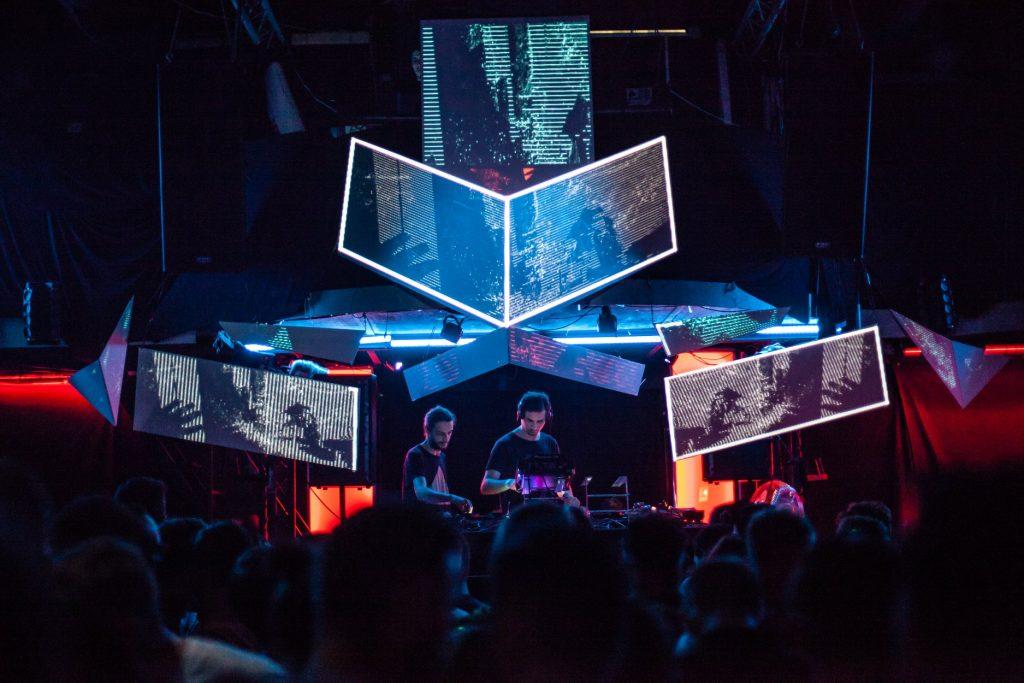
What are some of the tracks on Amphia that resonated with you most when you first heard them?
It’s difficult to pick favourites but some tracks that we instantly connected with were Cezar’s “Grounds and Shields” and “Wedmar” from Amphia 10 and 15, “Spacetime” from DeWalta on Amphia 13, some SIT tracks like “Ex” and “Come Around” or “Alta Schema” from Dubtil.
You seem to favor extended format releases, releasing the trilogy Sideways LP on Amphia across 2015 and 2016, in addition to the first two chapters of the Invisibility LP on Sushitech last year. What draws you to releasing music in this way?
We’ve always tried to set a milestone when working on new projects, and albums are a good opportunity to achieve that. It gives you the freedom to explore new genres, which is important for us. In the “Invisibility” LP, we wanted to include tracks with different “characters” which was fun to do. We would go into the studio and say “let’s make an ambient or a hip-hop track today…”.
For the “Invisibility” album, Yossi Amoyal, the owner of Sushitech approached us and asked if we would like to make an album for him. We had never made dub techno tracks till then, but it sounded exciting so we jumped to the opportunity and focused on making an album that would sound different from the first one. It’s probably what we will try to do for the third album as well.
The albums are as primed for home listening as they are for DJ use. There are few artists who can nail this balance so well – how do you do it?
Starting out as DJs, we unconsciously make tracks that are easy to play, but we also enjoy listening to records at home, so we try to keep a balance between those two… Usually, after we record something, we go back and edit the parts that don’t fit or are not essential in the track.
Do you have any plans for more collaborative releases this year?
Amorf is our main collaborative project and focus, apart from expanding the label’s catalogue. The next release on Amphia will be an album by Kamran Sadeghi which should be out by the end of this month, followed by an EP by Dan Andrei.
You’ve also worked under other collaborations, like the Verico moniker with Raresh, in addition to the Amorf collaboration with Mischa Blanos. What is it that makes working with friends so special?
Making music with people with whom you have a close connection with is one of the most fun and interactive experiences. We constantly bounce ideas and inspire each other. It’s an evolving process for each person in the group.
Last year we had a very nice session with our friend David (DeWalta), which we plan to release in the future.
I’m also intrigued about how you two met. I read that it happened over MySpace in 2006, what brought you together at the start?
Yes, we randomly found each other on MySpace even though we lived in different countries at the time, but we started talking and quickly became friends. The passion for making and playing music was definitely one of the first connecting dots.
Were you both on a journey of learning and expanding your knowledge together at this time?
Yes, we were both coming from different environments, each with his own background, so we supported and learned from one another.
How would you describe your workflow and processes when collaborating together?
It’s pretty straight forward, we just set out with an idea in mind of what musical direction we would like to have for a particular track or project and just build up from there.
Did it take a long time for you to find what worked or did you instantly click?
No, the creative process has always been super easy between us.
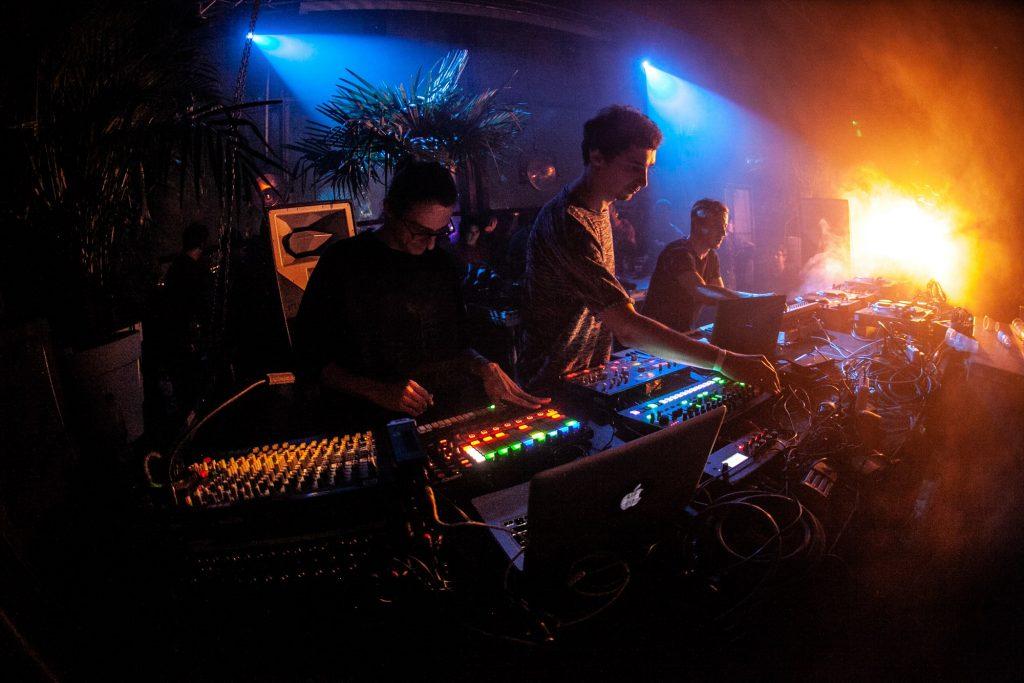
How does your approach in the studio translate to your live set? Has playing live influenced the way you make music?
Our workflow has changed during the years, from just using a few drum machines and arranging everything in the box, to recording everything live and editing afterwards. Playing live hasn’t necessarily changed our workflow, but it has helped us in how we look at track arrangements.
You’re classically trained, which certainly has its benefits. However, as electronic music is becoming increasingly freeform do you ever feel limited by a predisposition to classical thinking?
We’re not both classically trained which is beneficial because we bring different perceptions regarding an idea. One of us can have a particular theme in mind and the other can jam around it. We really enjoy working with this dynamic.
As veterans in the scene, there’s an existing and emerging generation heavily influenced by your sounds. Where do you see the direction of this corner of music heading?
Well, we don’t see ourselves as veterans but we’re happy that younger producers are inspired by our work, as we were when we had just started out. This circle of continuity is one of the best ways for music to evolve.
Is there anything that you’d like to see change in the industry?
The ‘’industry” usually shifts after trends that come and go…The line between underground and mainstream has become pretty thin so it would be great to see more devoted people that invest time into exploring and developing their musical preferences.
Kamran Sadeghi’s Ritual Signal LP releases on Amphia on the 2nd of May. Pre-order it here.



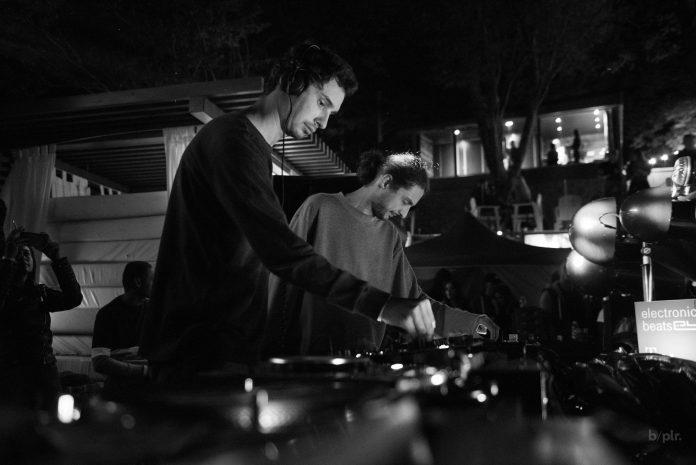

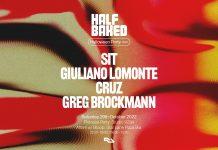
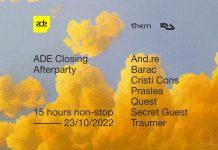



![Premiere: B1 – Karma – Mi-Mnemonic (Ali Synth Version) [DAMN009]](https://trommelmusic.com/wp-content/uploads/2025/12/1174039-324x235.jpg)
![Premiere: A2 – Sancturu – The Last Romantic [ERROR404-02]](https://trommelmusic.com/wp-content/uploads/2025/12/TAPAERROR404-100x70.jpg)
![Premiere: B1 – Spacekid – Lonely [DAMNLTD002]](https://trommelmusic.com/wp-content/uploads/2025/12/photo_2025-12-07_14-51-16-100x70.jpg)
![Premiere: A1 – Paularner – Narco Dollar Health Care [MCBR007]](https://trommelmusic.com/wp-content/uploads/2025/12/MCRB007_template_Side_A_mockup-100x70.jpg)
![Premiere: 5 – Hustache – Destiny (Topper Remix) [ATRD004]](https://trommelmusic.com/wp-content/uploads/2025/12/ATR004_DEF-Ben-Carew-100x70.jpg)
![Premiere: B2 – Art Fact – Problems (Ruben Mix) [GT9.01]](https://trommelmusic.com/wp-content/uploads/2025/11/1181209b-100x70.jpg)
![Premiere: 3 – Alejandro Cuestas – Noches de Olivar [CVL046]](https://trommelmusic.com/wp-content/uploads/2025/12/BUFADERO-CUESTAS-CALANCHE-Cavilar-100x70.jpg)
![Free Download: AI Robot – Blue Reflection [TFD124]](https://trommelmusic.com/wp-content/uploads/2025/12/image00005-100x70.jpeg)
![Premiere: 1 – Edine – HDF32 [LETSDIGI018]](https://trommelmusic.com/wp-content/uploads/2025/12/Hdf-32-Edine-Music-100x70.jpg)
![Premiere: B1 – Levan Grdzelidze – Prince Of East Side [GRFF021]](https://trommelmusic.com/wp-content/uploads/2025/11/GRFF021-Mockup-B-100x70.jpg)